June 27, 2022
8 Caves in India You Must for Your Next Holiday
CM Content Team

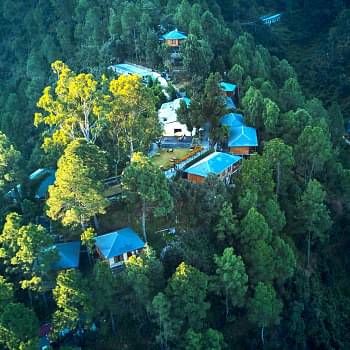
View all
140+
Resorts

View all
2000+
Experiences
'Only At Club Mahindra' Experiences
June 27, 2022
CM Content Team
By virtue of being one of the world's most ancient civilizations, India holds many wonders, some of which are prehistoric. Mystical, allusive, and intriguing, hidden inside the forests, valleys, and mountains are the ancient caves, buried like a treasure trove waiting to be explored.
Apart from having a rich historical significance, some of these caves have religious importance, featuring extraordinary sculptures and carvings. There are many caves in India spread in different states, and we have compiled a list of some of the must-visit ones:
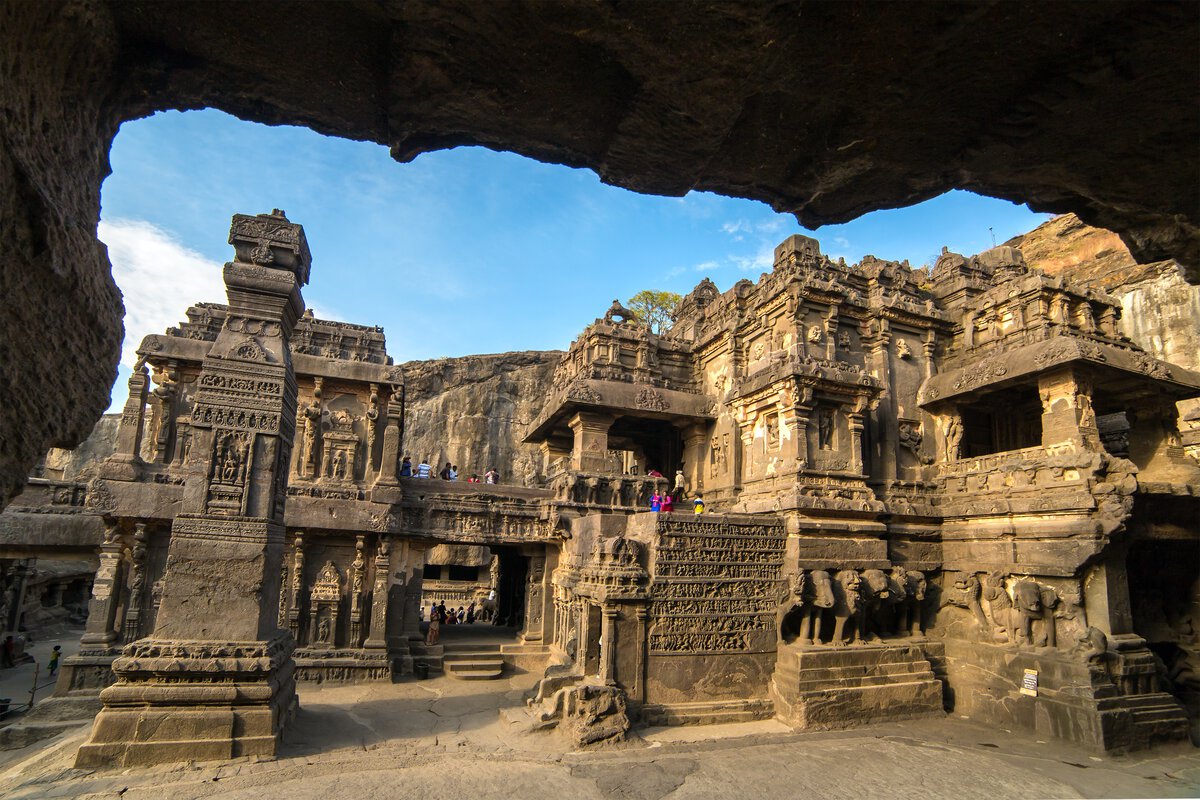
One of the most famous caves in India, the Ajanta and Ellora caves, are in the Jalgaon district in Maharashtra. These rock-cut caves boast some of the most exquisite and magnificent ancient religious paintings and sculptures that would leave you in awe!
There are about 34 caves of different sizes at Ellora, dating back to the 6th and 11th Centuries AD, and there are about 29 caves at the Ajanta caves, dating back to the 2nd Century BC. The Ajanta Caves are exclusively dedicated to Buddhism, while the Ellora caves have a mix of Hinduism, Jainism, and Buddhism influences.
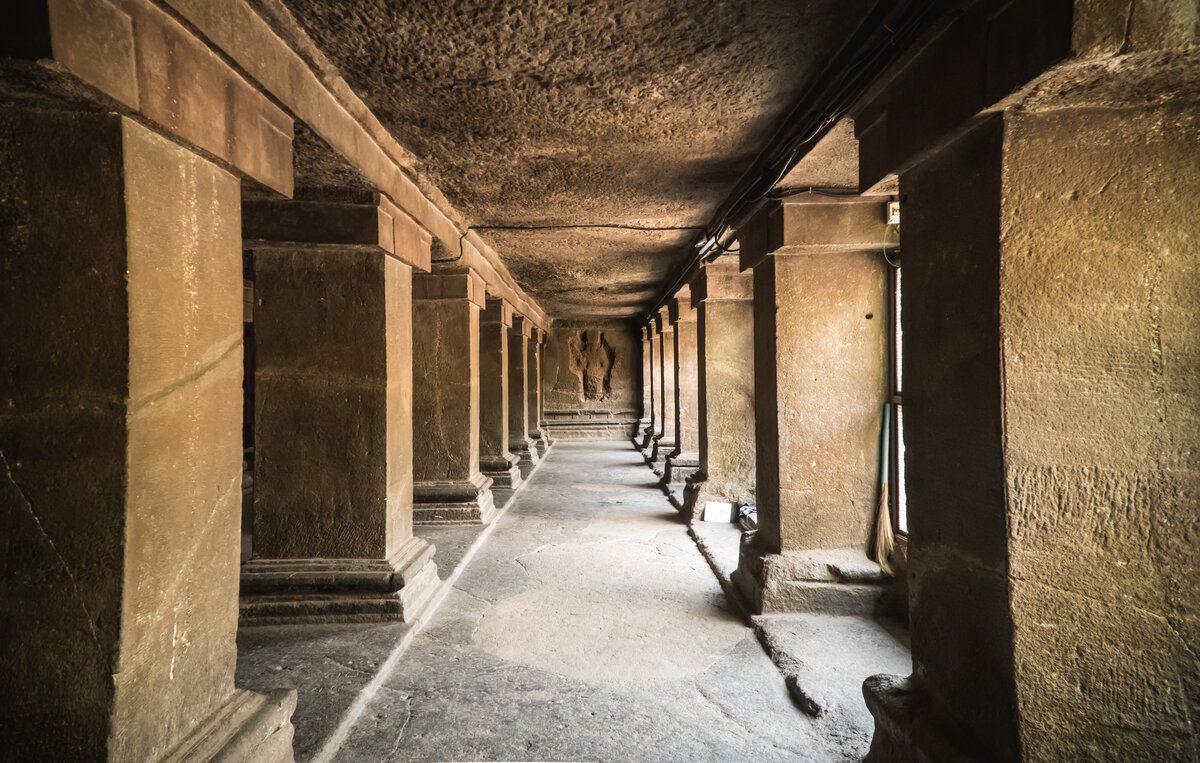
These caves located in Pune have a striking resemblance to the Ellora caves in Aurangabad. Dating back to the 8th Century, the cave has a temple dedicated to Lord Shiva. One of the critical things to know about this cave is that it is entirely carved out and cut from a single piece of gigantic rock, and its architecture is flawless! You can also find sculptures of Lord Ram, Goddess Sita, and Lord Laxman.
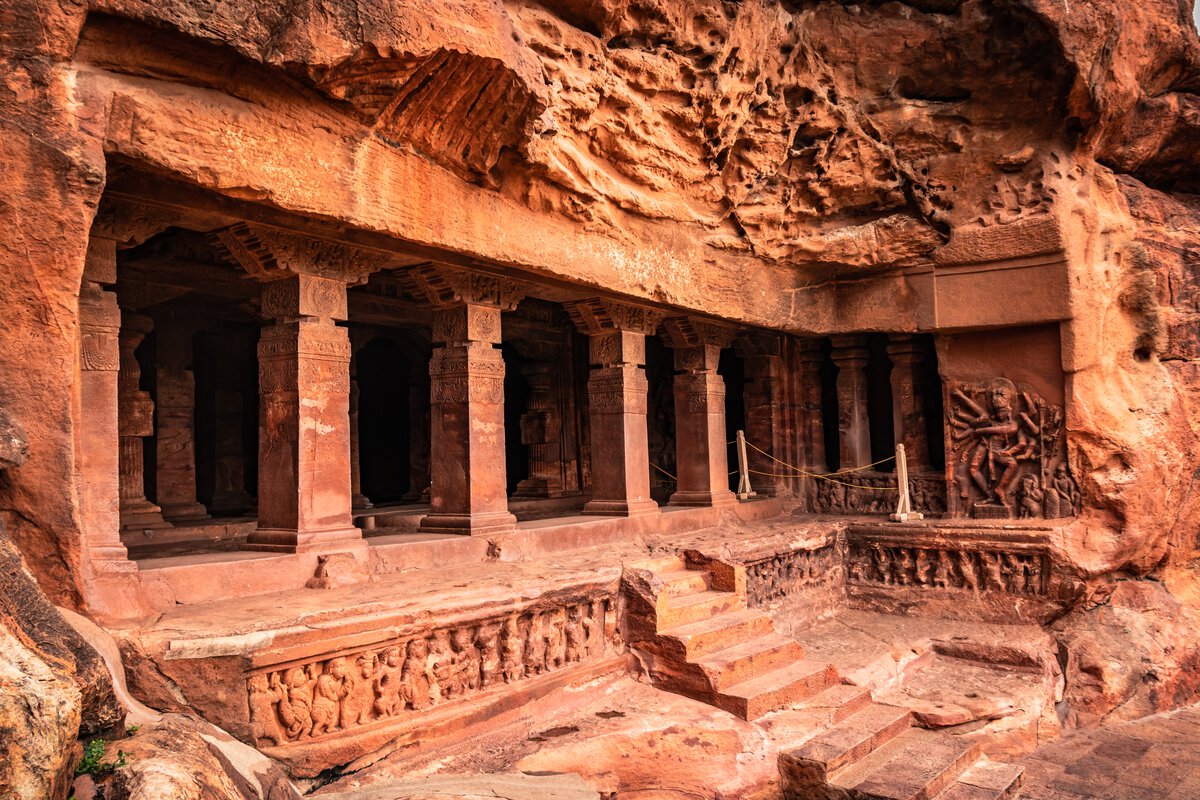
The Badami Caves is an architectural marvel. It comprises four caves, out of which two are dedicated to Lord Shiva and Lord Vishnu. Made of sandstones entirely, these rock-cut caves are one of the finest examples of ancient architectural brilliance and immaculate craftsmanship.
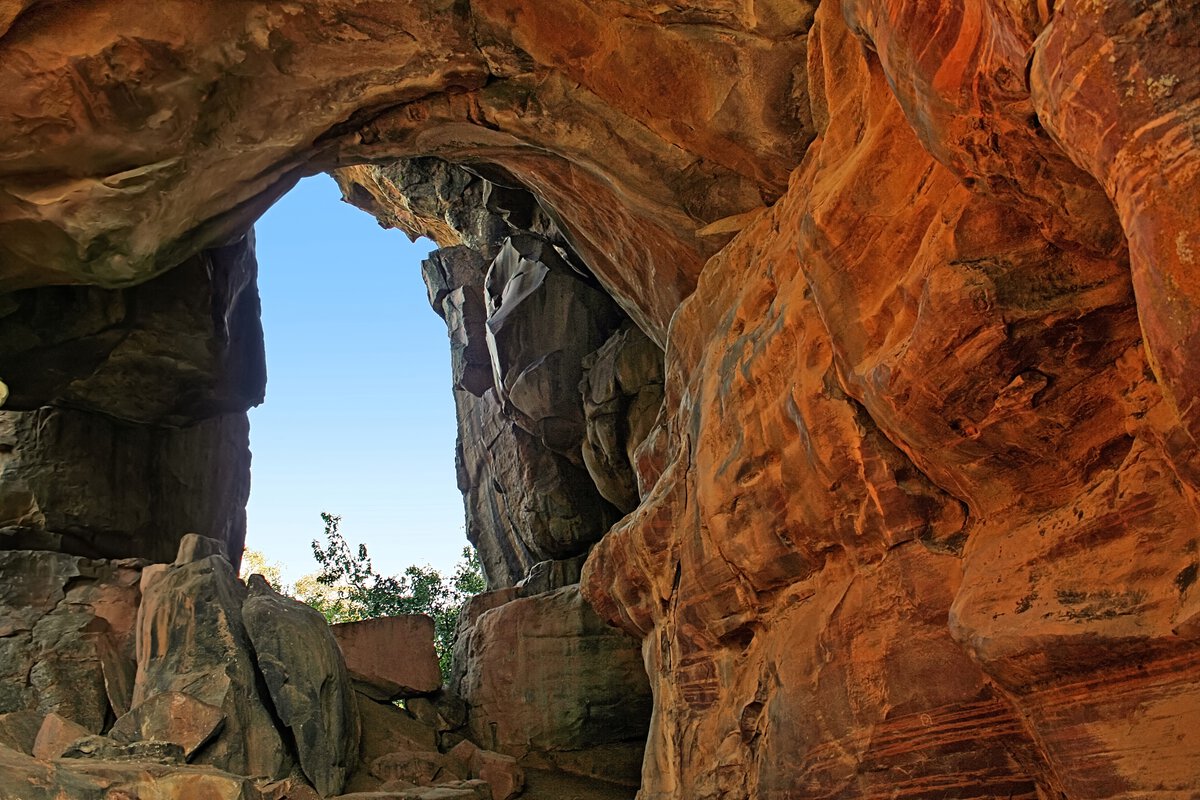
A UNESCO World Heritage Site, it is one of the unique sites in India that has references to human life in the Indian subcontinent during prehistoric times. Many archaeologists believe that the cave is the foundation of the stone age period in south Asia. It is also one of the caves that display the early traces of dance.
Over the years, archaeologists have discovered many prehistoric shelters inside the caves. However, the major attraction here is the rock paintings and the various sculptures that are believed to be more than 30,000 years old. The colours of the paintings have faded over time because of the use of natural colours.
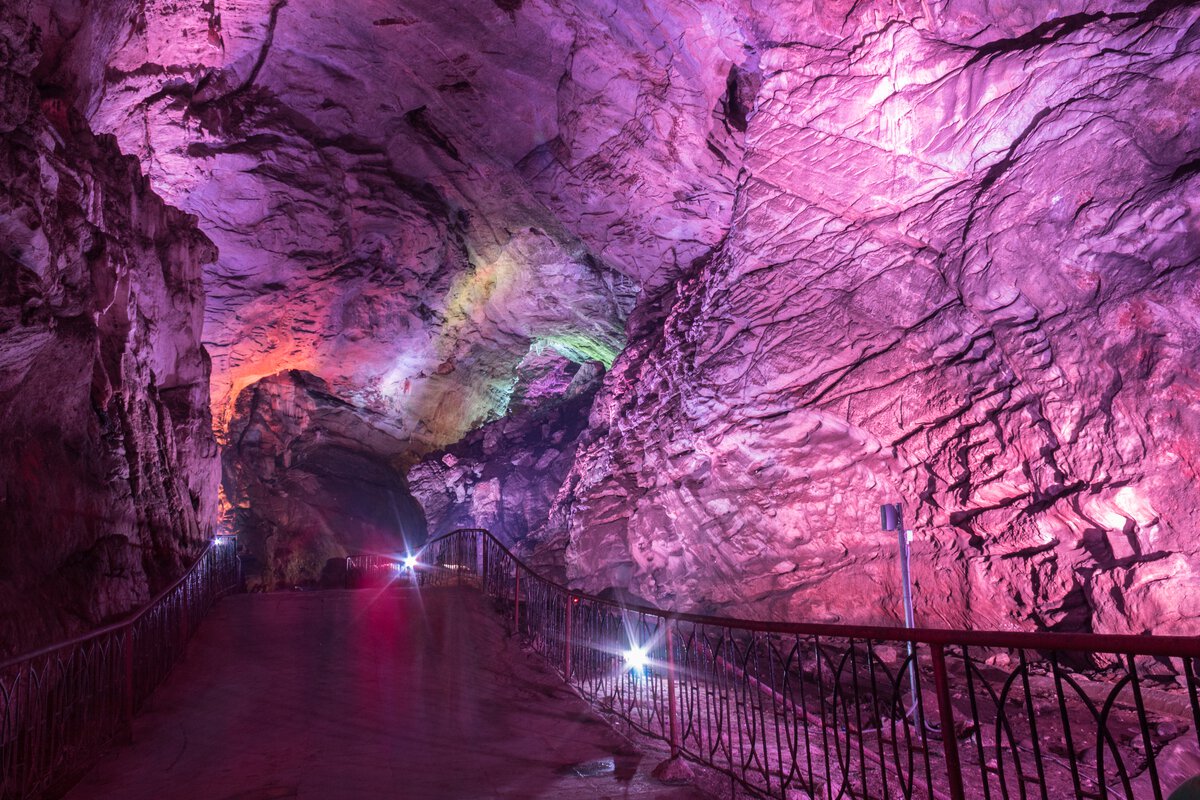
The Borra Caves stand nonchalantly and as imposing as ever in the Ananthagiri hills in Visakhapatnam. It is one of the few caves in India that has a naturally formed Shiva Lingam, making it an important place of worship and a sacred spot for the local tribes that are settled around the caves. The caves are spread over one square kilometre area, and it has stalactite and stalagmite formations.
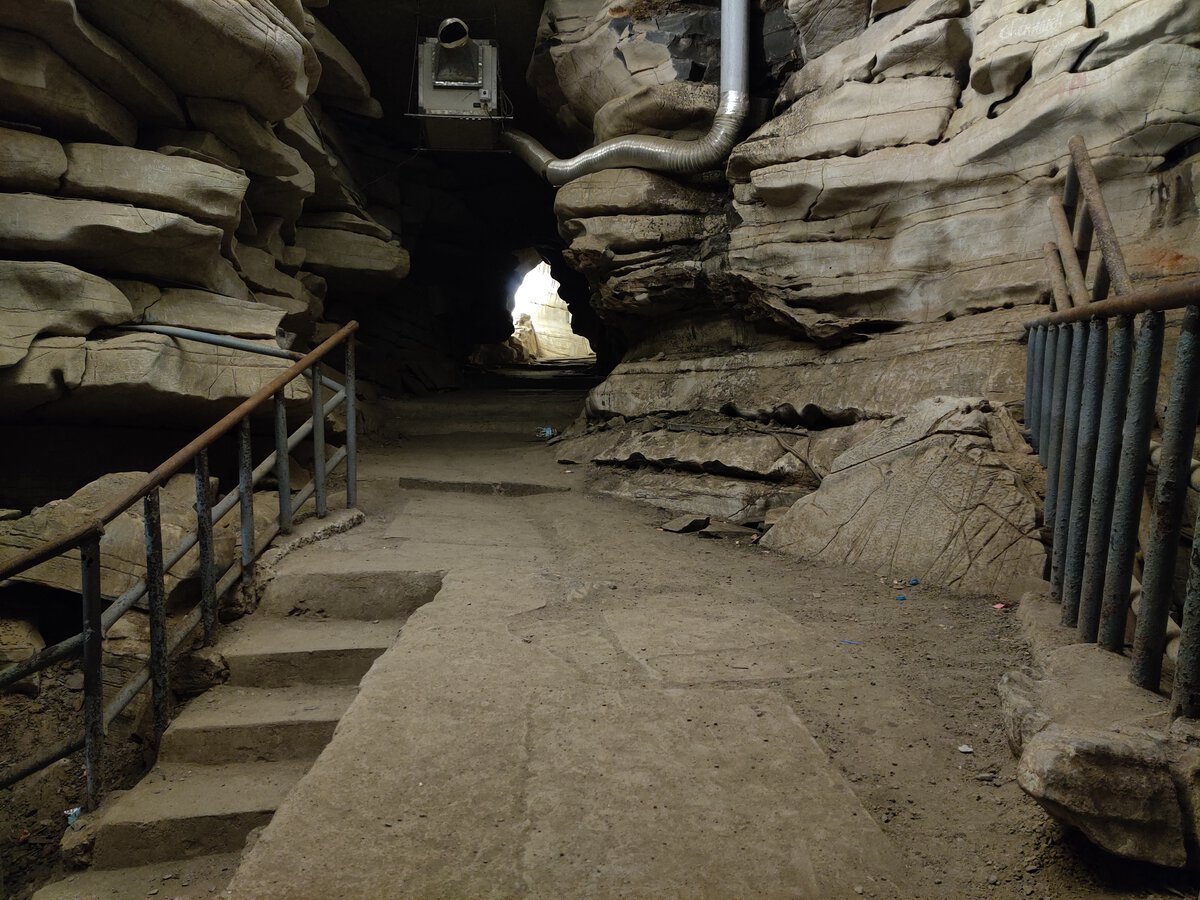
The second-largest cave in India, Belum Caves, is about 120 feet below the entry level. Experts suggest that the caves were formed due to limestone erosion as the Chitravati River passed through it and has spacious chambers, freshwater sources, and Siphons. As per the relics found inside and around the area, these caves were believed to be occupied by Buddhist monks. The relics are now kept safely at the Anantapur museum.
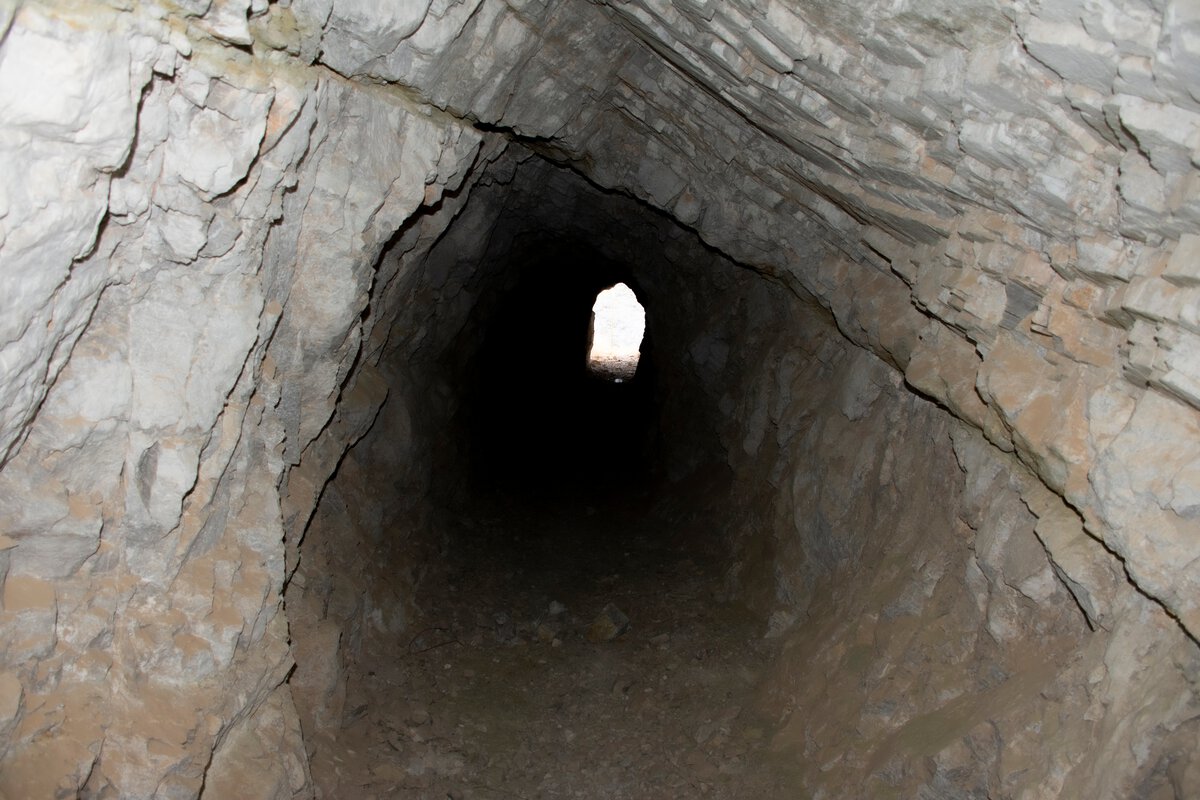
Located in Bhubaneshwar village, these caves are believed to be founded by King Rituparna during the Treta Yuga. As per Hindu mythology, these caves originally had four entrances: Paapdwar, Randwar, Dharamdwar, and Mokshdwar.
It is believed that the Randwar closed itself after the battle of Mahabharata, and the Paapdwar was shut after Lord Ram defeated the demon king Ravana. Today, only two entrances are open. Quite a fascinating tale, isn't it?
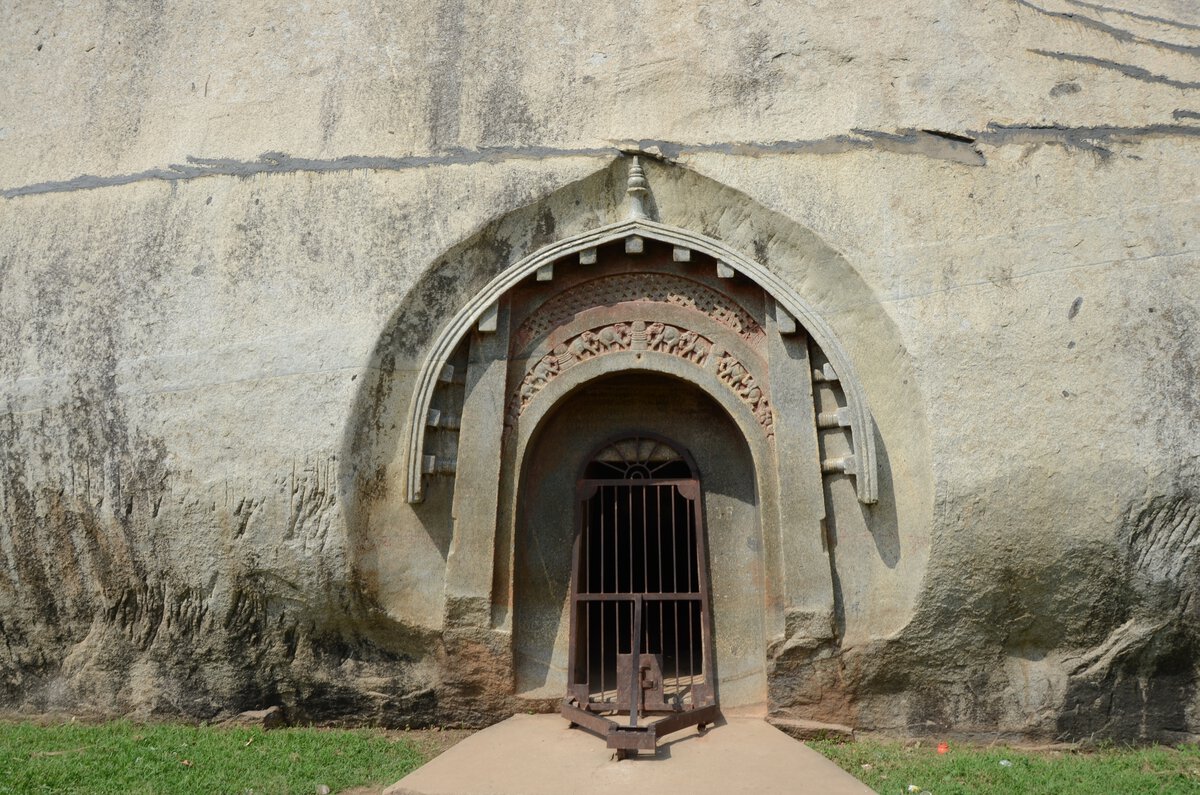
One of the ancient caves in India, these rock-cut caves date back to 185 BC, and it is believed that it was carved out during the Maurya Empire. Nestled between the Nagarjuni and Barabar hills, these are a collection of four caves that are named Sudama Cave, Visva Zopir, Lomas Rishi Cave, and Karan Chaupar.
A noteworthy thing about these caves is the sharp rock cuts that are done with such precision that they can be compared to modern laser cutting technology. Another attraction of the caves is the echo that excites the tourists.
There you go, you have a list of some of the largest caves in India, the oldest ones, and some prehistoric ones. So, which one are you most excited about? Pack your bags, head to one of these caves near your city, and enjoy a unique, fun, and enlightening travel experience.
Mahindra Holidays & Resorts India Ltd. (MHRIL), a part of Leisure and Hospitality sector of the Mahindra Group, offers quality family holidays primarily through vacation ownership memberships and brings to the industry values such as reliability, trust and customer satisfaction. Started in 1996, the company's flagship brand ‘Club Mahindra’, today has over 290,000 members , who can holiday at 140+ resorts in India and abroad.